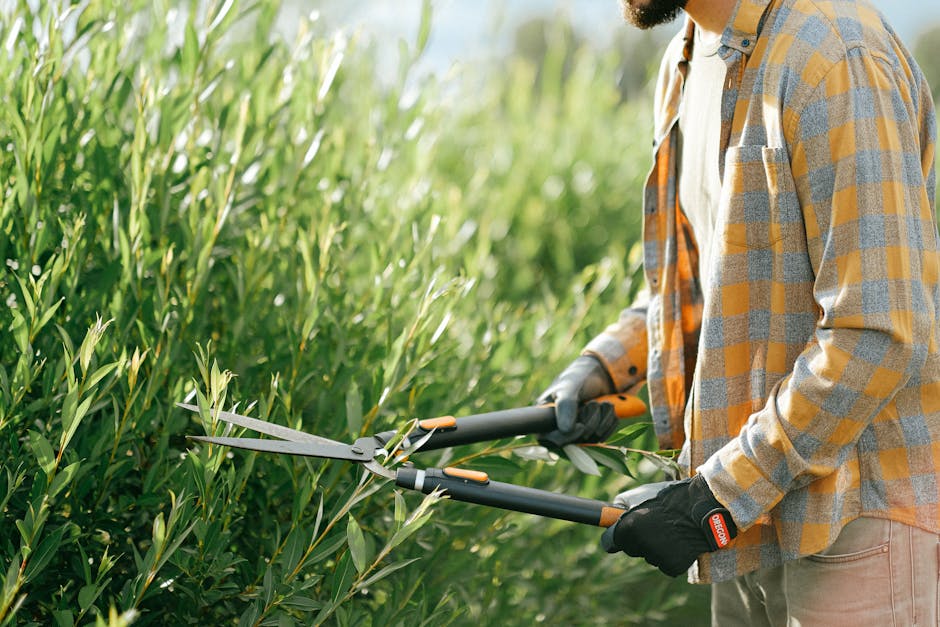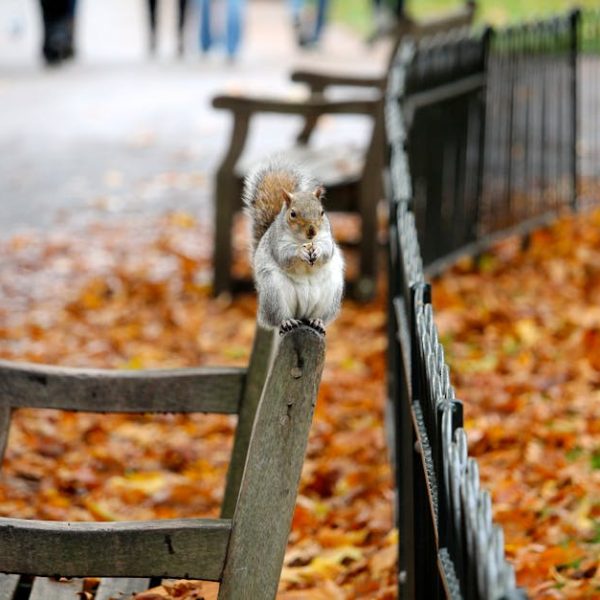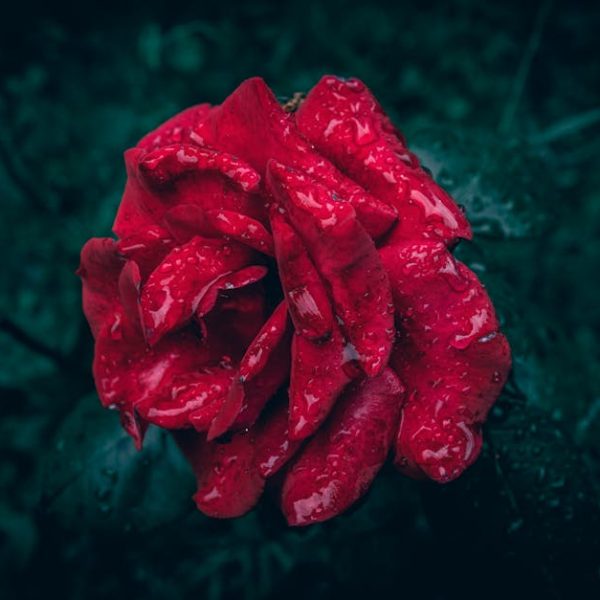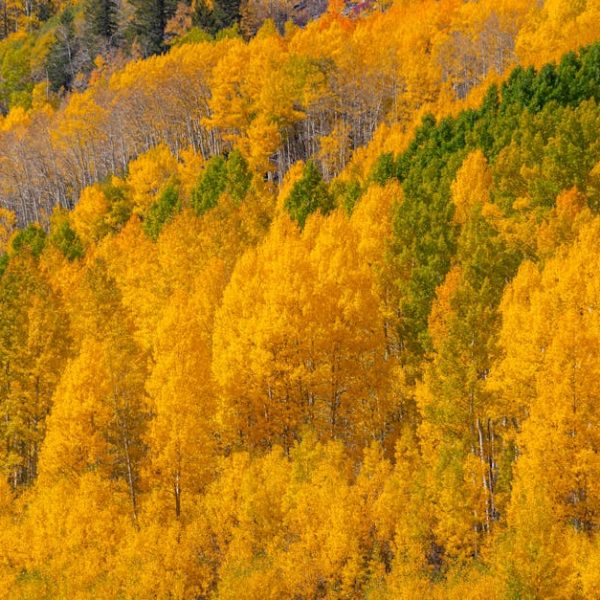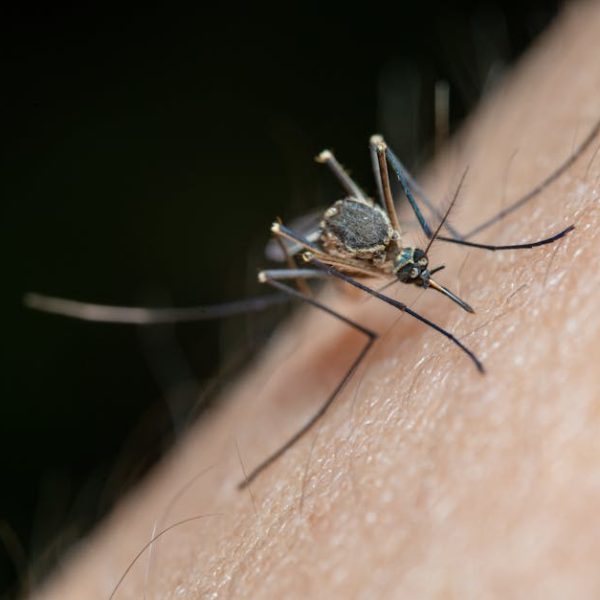Elderberry bushes are an indispensable asset in backyard gardens and commercial orchards alike. They offer a host of benefits from their flavorful fruit that can be transformed into jellies and jams, to their medicinal flowers used in immune-boosting syrups and teas. Moreover, their arresting bloom and attractive foliage add an aesthetic touch to any landscape. However, as resilient as they might be, they are not immune to a variety of ailments. The key to overcoming these elderberry issues lies not just in proper response but also in proactive care and attention.
Understanding the Importance of Healthy Elderberry Bushes
The importance of maintaining elderberry bushes’ health cannot be overstated. A healthy bush rewards you with an abundant yield of juicy elderberries and a bloom of therapeutic flowers. Besides, it also lends visual beauty to your garden, making it a delight for both the taste buds and the eyes.
Here are some of the key uses of elderberry bushes:
• Fruit used for jellies, pies, and wine.
• Flowers utilized to create medicinal tinctures.
• Foliage brings ornamental value to landscapes.
To keep your elderberry bushes flourishing, follow these best practices:
- Water regularly, but ensure the soil drains well to avoid water logging.
- Apply an organic, slow-release fertilizer to provide essential nutrients.
- Prune appropriately by removing older, less productive canes, and promoting new growth.
Identifying Common Elderberry Bush Issues
Knowing the common issues that might afflict your elderberry bushes is crucial for timely intervention.
Bushes may suffer from pests like elderberry borers or diseases like powdery mildew. Physical distress due to environmental stressors can also lead to plant decline. Comparing symptoms can help identify the problem accurately. Powder mildew, for example, manifests as white spots on leaves, while borers’ presence can be inferred from wilting shoots, sawdust along the stems, and the appearance of adult insects.
Remember, early trouble signs can save your plant from catastrophic damage. Be alert to any changes, such as unusual leaf discoloration, slowed growth, and dwindling fruit quality.
Addressing Pest-related Issues in Elderberry Bushes
Pests can wreak havoc on your elderberry bushes if not caught and managed early on.
Firstly, familiarize yourself with common pests like the elderberry borer – a pesky beetle whose larvae feed on the plant’s stem. Regularly inspect the shrubs for signs of these pests, like discolored shoots or holes in the stems. You can prevent infestations by removing infested parts and applying natural predators like nematodes or using insecticidal soaps as a safer avenue. Remember, chemical insecticides should be the last resort due to their possible adverse effects on the environment and beneficial insects.
Solving Disease-related Problems in Elderberry Bushes
Disease-related problems in elderberry plants often result from fungal pathogens. It’s crucial to identify these issues accurately and resolve them promptly.
Common ailments include powdery mildew and canker. Powdery mildew results in a white, powdery deposit on the leaves and stems, while canker causes sunken, dead areas on woody stems. Regular fungicide application, proper watering, and sanitation practices can go a long way in disease prevention and control.
Handling Physical Distress and Environmental Issues
Elderberries flourish in well-drained loamy soil and areas with ample sunlight. Therefore, poor soil conditions, insufficient light, or harsh weather can put undue stress on the plants.
Telltale signs of distress may include wilting leaves, slowed growth, lack of fruit, or discoloration. Keep an eye out for these signs and provide appropriate care as needed. This could mean adjusting the watering schedule, amending the soil, or moving the plant to a sunnier location. Understanding and managing these factors will promote a healthier, more robust elderberry bush ready to reward you with its rich harvest.
Understanding the Importance of Healthy Elderberry Bushes
Elderberry plants hold immense value to many gardeners, botanists, and nature enthusiasts for their versatility and charming appeal. These shrubs provide juicy and nutritional berries used to make delectable jellies, pies, and syrups. The elderberry flowers hold medicinal values, often used to boost immune health. Adding to their functional worth, these lush plants enhance the overall visual aesthetics of any garden or landscape.
Some primary elderberry benefits include:
- Luscious berries used to make jams, wines, and desserts.
- Flowers used for medicinal teas and syrups.
- Enriching landscape aesthetics with their lush foliage.
To keep your elderberry plants healthy and thriving:
- Water frequently but avoid creating a damp environment that breeds fungi and diseases. Ensure your plant’s soil has sufficient drainage.
- Use organic slow-release fertilizers to provide the bush with the essential nutrients it requires to grow robustly.
- Prune your elderberry bush periodically, getting rid of older, less productive canes to make way for new, fortified growth.
Identifying Common Elderberry Bush Issues
Identifying common elderberry issues is the key to proactive plant care. Elderberries are susceptible to numerous pests, diseases, and environmental issues. For instance, they can succumb to the elderberry borer, a pest that can cause the plant’s growth rate to decline.
On the disease front, problems like powdery mildew can establish themselves on the plant. Environmental problems like poor soil quality and unsuitable weather conditions can also wreak havoc on your elderberry bush.
- Powdery mildew usually appears as a white powdery coating on leaves, while damage from the elderberry borer is evident from the presence of adult beetles or the appearance of sawdust along the stems.
- Signs of trouble in your elderberry bush can include changes to the plant’s leaf color, growth stagnation, and a decline in fruit quality or yield.
Addressing Pest-related Issues in Elderberry Bushes
Managing pests that plague your elderberry bushes requires understanding and vigilance. Insects like the elderberry borer, whose larvae feed on the stems, can jeopardize the plant’s health significantly.
To control and prevent infestations:
- Regularly check your plant for signs of discolored shoots or holes in the stem, indicating a possible borer infestation.
- If infestation is present, remove the infested parts diligently and introduce natural predators to the environment.
- Usage of insecticidal soaps or chemical insecticides should be considered as a last resort, given their potential environmental impact and harm to beneficial insects.
Solving Disease-related Problems in Elderberry Bushes
Fungal diseases pose significant threats to elderberry health. Plant diseases such as powdery mildew and canker can cause considerable damage if not managed promptly.
- Powdery mildew covers the leaves and stems of the plant in a white powder-like substance, while canker causes sunken, dead areas to appear on woody stems.
- Implement disease prevention measures by ensuring proper watering routines and practicing good hygiene in your gardening activities.
- Use fungicides accurately to control fungal growth and disease spread, following all safety and application instructions.
Handling Physical Distress and Environmental Issues
Managing environmental stressors for elderberry plants involves monitoring soil conditions, light availability, and weather patterns closely. Unfavorable conditions in these aspects can lead to wilting leaves, stalled growth, lack of fruiting, and discoloration in your elderberry bush.
To alleviate these issues:
- Adjust the plant’s watering schedule according to the weather to avoid creating a damp environment that encourages fungal growth.
- Amend the soil regularly with organic matter to ensure it remains rich and conducive for plant growth.
- Consider relocating the plant if it’s not receiving enough sunlight in its present location.
Taking these steps will ensure your elderberry bushes remain healthy and vibrant, ready to reward you with abundant harvests.
Key Takeaway:
- Elderberry bushes add value both aesthetically and functionally, producing fruit and medicinal flowers, making their health and care of utmost importance.
- Common issues include pests like elderberry borers, diseases such as powdery mildew and canker, and environmental stressors involving soil, light, or weather conditions.
- Effective care involves regular watering and fertilization, appropriate pruning, early symptom detection, pest control through natural predators or insecticidal soaps, disease prevention through appropriate fungicide use and sanitation practices, and managing environmental stressors.
Taking care of your elderberries should not be a daunting task. Once you understand their needs and potential issues, you can adequately provide the attention required to keep them flourishing. Should problems arise, rest assured that there are solutions to revive your beloved shrubs. Stay vigilant, apply your newfound knowledge, and taken in stride, these challenges can even enhance your gardening journey.
FAQs
Q: How often should I water my elderberry plant?
A: Elderberry bushes love water but they also require well-drained soil to avoid waterlogging. Watering frequency depends on weather conditions and soil type, but a general rule of thumb is to ensure the soil is consistently moist but not saturated.
Q: What kind of fertilizer is best for elderberry bushes?
A: An organic, slow-release fertilizer is typically excellent for elderberries, providing the necessary nutrients for their vigorous growth.
Q: Can I grow elderberry plants indoors?
A: While possible, elderberries thrive best outdoors where they can get ample sunlight and space to grow. If you plan to grow them indoors, they’ll likely need special care to flourish.
Q: How can I control elderberry borer infestations naturally?
A: Natural predators such as nematodes can help handle elderberry borer infestations. Also, regular inspection and the immediate removal of infested parts can prevent the spread of these pests.
Q: What’s a sign that my elderberry bush is receiving too little sunlight?
A: A clear sign of insufficient sunlight is slowed growth. Additionally, the bush might produce lesser fruits and its leaf color may appear less vibrant.
Remember that sharing is caring, so pass this information to other gardening enthusiasts who might find it helpful. Explore more fascinating posts on our website to expand your gardening wisdom further.
